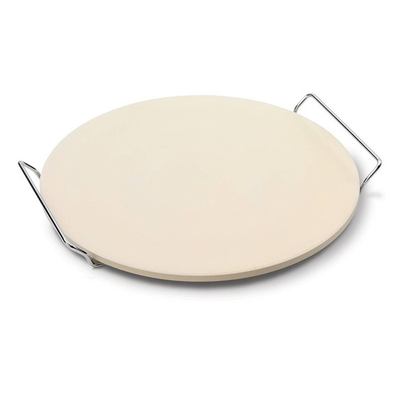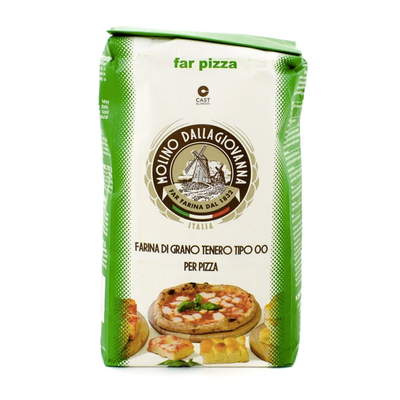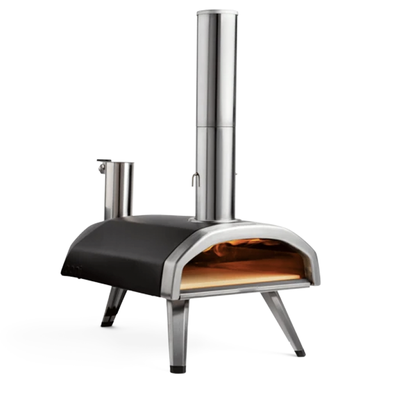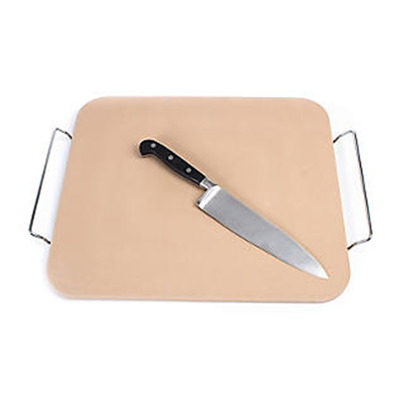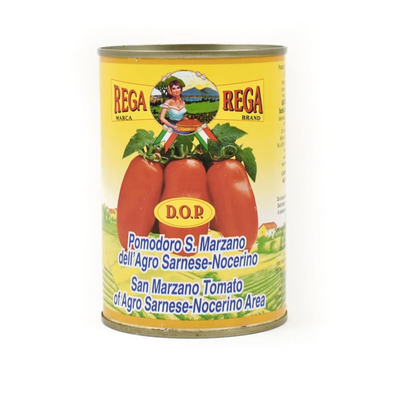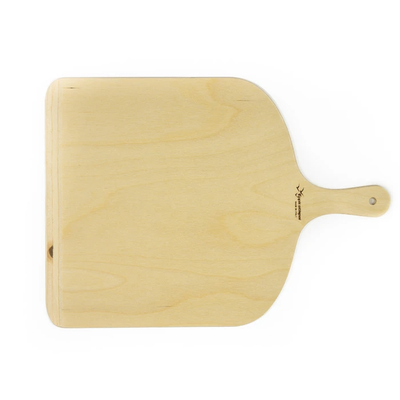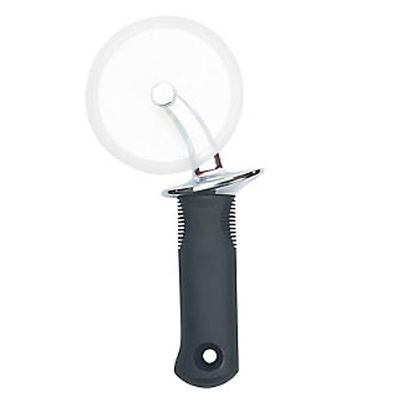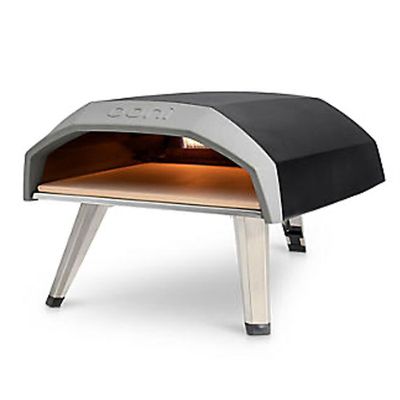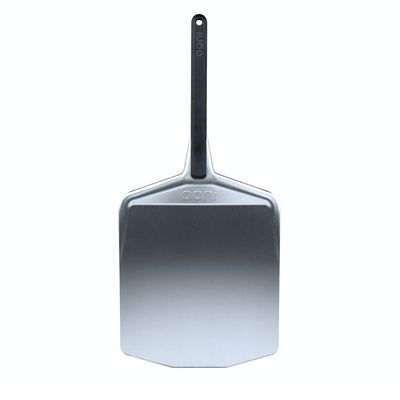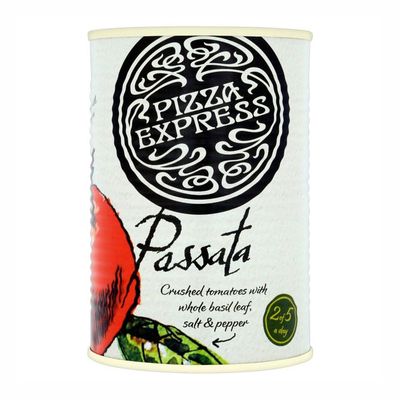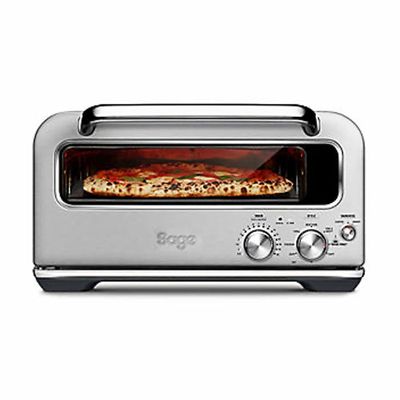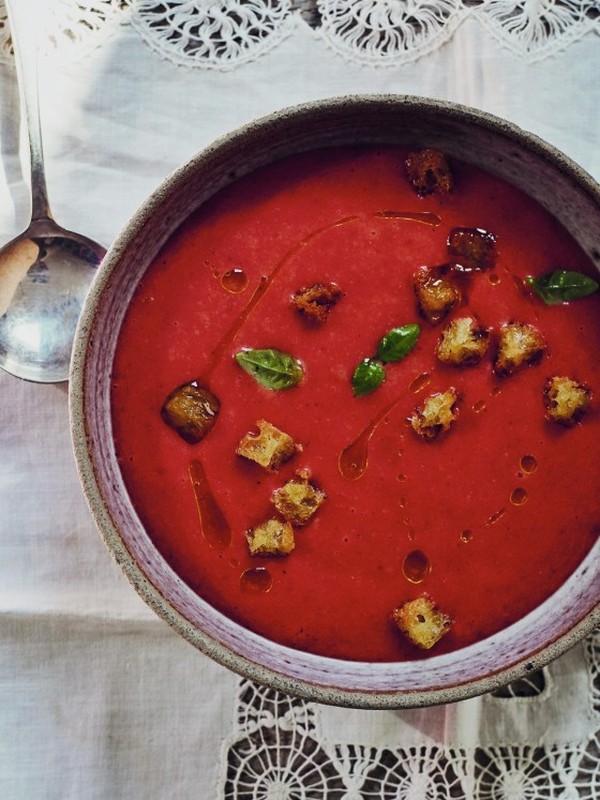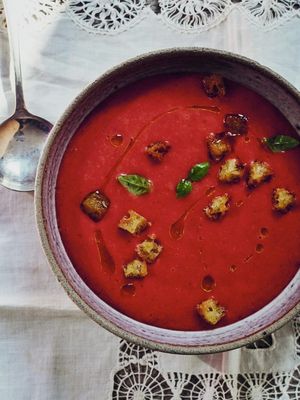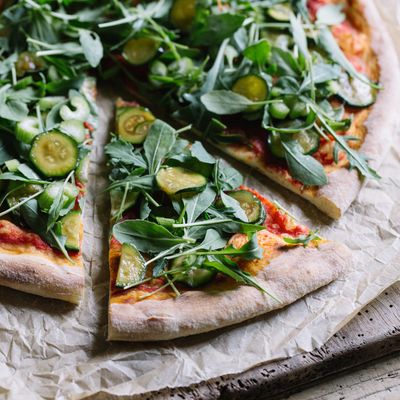
How To Make Great Homemade Pizza
Thom & James Elliot, Pizza Pilgrims
“If you over-stretch your dough and it gets too thin, you can sometimes end up with small holes in your pizza base. But don’t fear, not all’s lost – just squeeze these back together before you put any toppings on. Try to move quickly with the dough, as it can stick to the work surface if left too long. If you’re generous with the flour and add more during the process, you shouldn’t end up in a sticky situation. If you prefer your pizza on the crispy side, don’t go overboard with your toppings as it makes it hard for the pizza to cook through. For best results from this method, you need to adopt the Neapolitan pizza mantra of less is more – feel free to experiment but try and keep to a maximum of two toppings rather than hundreds. Before you start, place your frying pan on the heat, turn your grill on, and place your oven shelf on the top rung so everything is prepped and screaming hot before you start cooking. Use a wide-based ovenproof frying pan so you are not restricted when placing it under the grill. And remember: the olive oil goes on the pizza, not in the pan.”
Visit PizzaPilgrims.co.uk
Francesco Mazzei, Radici
“When preparing your pizza dough, let it prove in the fridge for 48-72 hours. Once proved, take the dough out of the fridge and leave to rest at room temperature for at least 45 minutes before shaping. To create a delicious, authentic crust, make sure your oven is set at its hottest temperature to prevent the pizza going soggy. Pizza cooking times vary, but I recommend putting your pizza at the very bottom of the oven for eight minutes. Then I move the tray up to the middle shelf for a further 8 minutes for a delicious, crispy crust. As well as classic mozzarella, I like to add grana padano riserva to my pizza, which adds a deliciously nutty flavour. My favourite pizza topping also includes nduja and honey, the ideal combination of sweet and savoury. Never use shop-bought passata. When making tomato sauce for my pizzas, I like to use crushed fresh tomatoes with basil, garlic, oregano and a pinch of salt. I also leave it to marinate overnight for added flavour.”
Visit Radici.UK
Raj Kambo, Share A Slice
“At Share A Slice, we use the frying pan method to make our pizzas. Here are a few tips to make yours at home with Neapolitan precision. Use 00 flour and fresh brewers’ yeast (you can usually ask your local bakers or the fresh bread section at your local supermarket) when making your dough. A ratio of 1g of yeast per 1 litre of water is what we use at home. I recommend leaving it to rise for 16-24 hours at room temperature. When you’re ready to cook, reheat both your frying pan and grill at its highest temperature. For the ideal pizza, using a 10-in frying pan. Use a dough ball of about 200-220g, leaving ample crust around the edge for that puffy crust finish. The ideal Neapolitan pizza uses as little handling as possible and as little flour as possible – if you are struggling to get a round disk, place the partially stretched dough ball over an upside-down mixing bowl and let gravity do its thing. For great tasting toppings, blend a tin of San Marzano tomatoes with a pinch of salt and a small handful of basil. For cheese that doesn't pool moisture – making a wet pizza – drain and cut your mozzarella and leave in the fridge for 4-6 hours before using. Finally, top with some finely grated parmesan, some basil leaves and a splash of extra virgin olive oil.”
Visit @ShareASlice
Shaun Rankin, Shaun Rankin at Grantley Hall
“If you use a pizza stone at home on the BBQ, you’ll find that when the lid’s down, you can create a cooking environment like a proper pizza oven with temperatures up to 400°C. I always use half mozzarella and half cheddar for my toppings, and my son Harry’s favourite combination is ham and black olive.”
Visit GrantleyHall.co.uk
Marwa Alkhalaf, Nutshell Covent Garden
“Manakish – or fatayer – are practically middle eastern pizza. You can use your usual pizza dough, but just do a twist on your toppings. My favourite is labneh (you can replace it with ricotta cheese) topped with mozzarella and a finished with a sprinkle of honey. Another really nice topping is spinach. To make the topping, sauté some white onion, add your chopped spinach to wilt and finish it with sumac lemon juice, pine nuts and salt. Finish your pizza with a drizzle of pomegranate molasses. If you like spicy toppings, this vegan nduja-like topping is the way to go: in a blender, mix roasted bell pepper or gochujang, walnuts, lemon juice, olive oil and salt. Or go with a classic by mixing zaatar, sumac and olive oil. If you want to go the Italian way, one of the best pizzas I’ve had was in a chain in Milan where they used a focaccia-like dough to make the fluffiest pizza you’ll ever have. To make it at home, replace your normal dough with a focaccia dough or any leavened dough – just roll it thinner than you would with a focaccia. Top it with your tomato sauce and bake it first to rise, then top it with a generous amount of mozzarella and put it back in the oven just to melt it.”
Visit NutshellLondon.co.uk
Paul Leonard, The Forest Side
“Try using sourdough for my pizza bases at home. You can make a starter really simply at home and keep it in your fridge forever – as long as you give it a bit of love. A starter is a live culture of flour and water. When combined, the culture will begin to ferment which cultivates the natural yeasts found in our environment. An added bonus is the fact that the slower natural yeasts in the sourdough starter give the dough a longer shelf-life in the refrigerator, so make a batch and divide it for later use. The flavours will also get better as it’s allowed to ferment for longer, so a tastier pizza base is achieved. Investing in a pizza stone is a great idea especially if you plan on making pizzas regularly. Get the stone super-hot prior to cooking and this will give you a nice crispy base. I also am a huge fan of making your own tomato sauce for the topping, this can be made in a batch and frozen. Simply roast off some vine tomatoes with some onion, garlic, leek and celery, then deglaze with some vegetable stock, blitz and season. I always add some chilli to my mix for a bit of a kick. The best cheese to use always mozzarella, as it has a high-moisture, low-fat content that makes for a perfect melting pizza topping that will go golden brown but not turn greasy.”
Visit TheForestSide.com
Daniel Farrow, The Gatherers
“To make the best pizza dough and sauce, always use top-quality 00 flour for an authentic Italian pizza dough – caputo 00 comes highly recommended. Then, let your dough ferment for at least 24 hours; fermentation is flavour and is also good for your gut health. I also recommend using tinned Italian tomatoes for your sauce – look for San Marzano tomatoes. Simply cook them off in a pot with as much crushed garlic as you like and a bit of dried oregano. Only cook this off for a few minutes and blitz until most of the tomatoes have broken down. This keeps your sauce fresh with a bit of acidity too.”
Visit TheGatherersNorwich.co.uk
Inspired to take things up a notch? Here’s all the kit you need…
INSPIRATION CREDITS: ALBERTO BOGO/STOCKSY
DISCLAIMER: We endeavour to always credit the correct original source of every image we use. If you think a credit may be incorrect, please contact us at info@sheerluxe.com.


